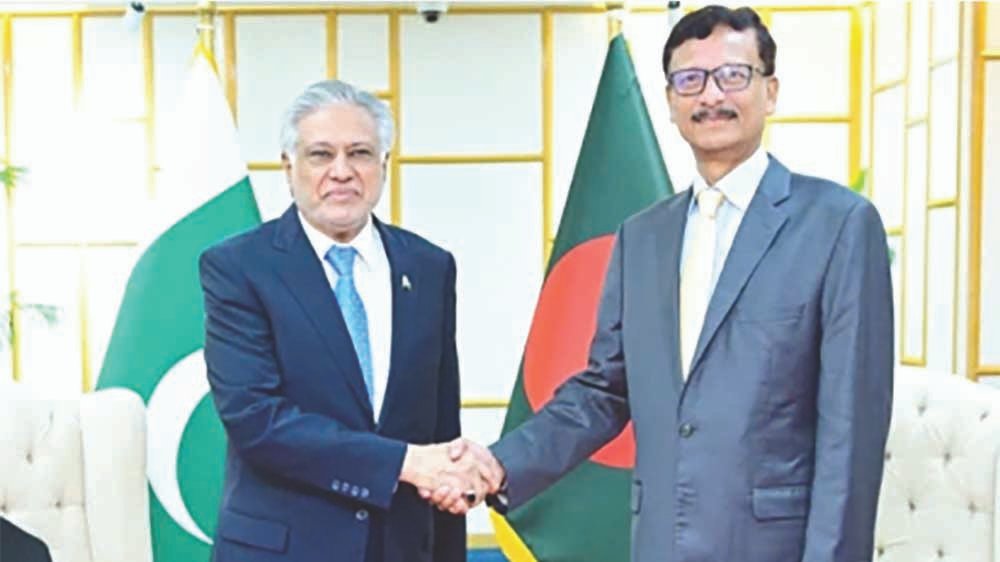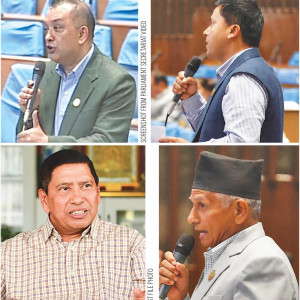PTI, NEW DELHI, JULY 4, 2025 : China used the four-day India-Pakistan conflict in May like a “live lab” to test various weapon systems and was providing all possible support to Islamabad, in line with its ancient military strategy of killing the adversary with a “borrowed knife”, Deputy Chief of Army Staff Lt Gen. Rahul R. Singh said on Friday.
The senior military officer said while Pakistan was the “front face”, with China extending all possible support to its all-weather ally, Turkiye was also playing a major role by supplying military hardware to Islamabad, adding that India was actually dealing with at least three adversaries during the May 7–10 conflict.
In an address at a seminar on “New Age Military Technologies” organised by industry chamber FICCI, Lieutenant General Singh suggested that China used its satellites to monitor Indian military deployment as the Pakistani military was getting live inputs on it during the DGMO (Director General of Military Operations)-level phone talks.
The Deputy Chief of Army Staff highlighted China’s ancient military strategy of “36 stratagems” and killing the adversary with a “borrowed knife” to buttress the point that Beijing extended all possible support to Pakistan to cause pain to India.
Lt Gen. Singh, who looks after the Indian Army’s capability development and sustenance vertical, said Beijing’s support to Islamabad was not surprising as 81 per cent of the military hardware used by the Pakistani armed forces is from China.
“Pakistan was the front face. We had China providing all possible support. This is no surprise because if you look at statistics, in the last five years, 81 per cent of the military hardware that Pakistan is getting is all Chinese,” he said.
“He (China) would rather use the neighbour (Pakistan) to cause pain (to India) than getting involved in a mudslinging match on the northern border,” Lt Gen. Singh said.
The senior Army officer mentioned Turkiye also played an important role in providing support to Pakistan. “We saw numerous drones coming and landing in the face of war, during the war, along with the individuals who are there,” Lt Gen. Singh said.
The military officer underlined the need for India to learn its lessons from the conflict. “The next important lesson is the importance of C4ISR (Command, Control, Communications, Computers, Intelligence, Surveillance and Reconnaissance) and civil-military fusion. There is a lot to be done as far as this domain is concerned,” he said.
“When the DGMO-level talks were on, Pakistan actually was mentioning that we know that your such and such vector is primed and ready for action, and we would request you to perhaps pull it back. So he was getting live inputs from China. That is one place we really need to move fast and take appropriate action,” Lt Gen. Singh said.
In his remarks, the Deputy Chief of Army Staff emphasised the high demand for drones in the armed forces and underlined the need to develop a favourable ecosystem. “We have been in consultation with the Ministry of Defence and others to come up with a framework and by September or October, we should be out with our drone framework, wherein we are looking at how to incentivise all the production, how to get through the vulnerabilities and how to facilitate testing, which would be the basic theme of this framework,” he said.
On the success of and learnings from Operation Sindoor, Lt Gen. Singh urged the industry to focus on investing more in research and development.








